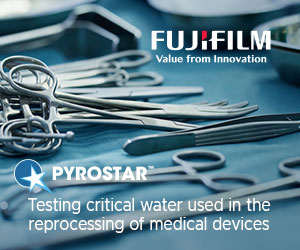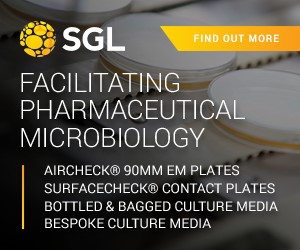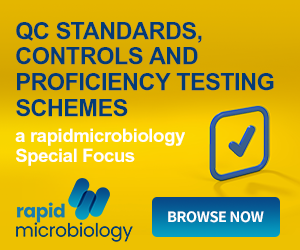bioMérieux Offers Fast Reliable Detection of E.coli O157
E.coli O157 represents a major risk for consumers. It is the main cause of hemolytic uremic syndrome (HUS) that leads to acute renal failure in children. The incidence rate of HUS is around 1 case per 100 000 children under 15. Implicated in the contamination of foodstuffs as diverse as minced meat, vegetables, fruit juice and ready-cooked meals, since 1998 E.coli O157 can be detected with a simple, safe and quick test.
In 1998, bioMérieux, in collaboration with the national Lyon veterinary school, developed tests enabling the detection (VIDAS® ECO) and confirmation (VIDAS® ICE and chromogenic medium O157 :H7 ID) of this pathogen. The method is based on the VIDAS® (or miniVIDAS®) technology.
In 2000, VIDAS® ECO and VIDAS ICE tests were validated by AFNOR certification, thus proving their performance levels in the identification of E.coli O157. This validation was renewed in September 2004.
Today, VIDAS® tests from bioMérieux are the only tests with such recognition on the market for identifying this pathogen. In January 2005, in the USA, the VIDAS® ECO test was validated by the AOAC specifically for detectingE. coli O157 in minced meat.
VIDAS® ECO and VIDAS® ICE tests complete the range of VIDAS® reagents for the food processing industry, enabling reliable, automatic detection of the principle pathogens that must be identified in food.
bioMérieux offers food processing industries a fast, safe solution for the detection of this emerging pathogen.
Source : bioMérieux View Company Information
Posted on November 28, 2005






